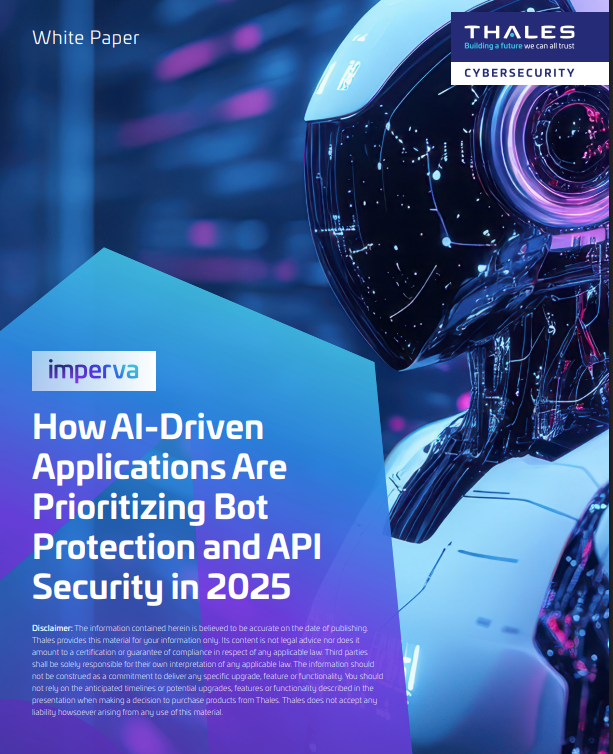SQL or NoSQL: Which is the future of databases?
MongoDB collects new $80m funding round as Basho counts $25m, but is NoSQL really the future of the database?

NoSQL database giant MongoDB has announced a new $80 million funding round, as it counts more than 2,000 customers.
The cash brings the firm’s total funding to $311 million, and comes hot on the heels of a $25 million funding round (contributing to a $57.5 million total) for Basho, another NoSQL database company, yesterday.
NoSQL's got momentum
The money is “no major surprise” to Quocirca analyst Clive Longbottom, who believes that NoSQL (Not-only-SQL) is proving to be a thorn in the side of large SQL incumbents such as Oracle, Microsoft and HP.
SQL relational databases are traditionally seen as places to store structured data, like phone numbers, while the rise of non-relational databases, like MongoDB’s, deal well with unstructured data like social media.
Dev Ittycheria, president and CEO of MongoDB, said in a statement that modern applications must be built on NoSQL databases if they want to make use of unstructured data.
“The market has reached a tipping point where most developers and IT organisations realise that modern applications cannot continue to be built on relational database technologies. They are shifting to MongoDB in a big way,” he said.
Sign up today and you will receive a free copy of our Future Focus 2025 report - the leading guidance on AI, cybersecurity and other IT challenges as per 700+ senior executives
“MongoDB was designed to make it easy to develop applications that require rapid change, massive scale, always-on operation, and support for a large variety of unstructured and semi-structured data, all at significantly lower costs.”
Basho CEO Adam Wray offered up a similar statement, saying: “Worldwide demand for NoSQL technologies is driving our growth and greatly expanding our large enterprise deployments.”
Basho's then-CTO Justin Sheehy told Cloud Pro in 2012 that customers use the firm's database, Riak, to store their typically unstructured critical data.
"For example, in the case of an online retailer, that would be your session and your shopping cart. Not necessarily everything else, but that bit, because without it nobody gets to give you money! If it’s a health service, it’s all the data about patients – what they are allergic to, what prescriptions they have, and so on," he added.
SQL, NoSQL and Hadoop: The three-legged stool
Longbottom, however, said existing applications based on SQL databases shouldn’t move to NoSQL, even if NoSQL is best for unstructured data.
He instead recommends a three-pronged approach, the first two prongs of which see existing apps continue to use SQL, and new applications dealing in unstructured data using NoSQL databases.
“However, you don’t want to stick everything that isn’t SQL directly into MongoDB, as it gets a tad large and slow to deal with,” he added.
He recommends a third prong in which companies stick other data in NoSQL-oriented software Hadoop, which can process the data more quickly by spreading it out across a vast number of servers.
Operating in its MapReduce mode, Hadoop can also shrink, then classify, that data.
Firms can then decide whether to put it in their SQL database or their NoSQL database, said Longbottom.
The future
Oracle is one SQL incumbent that has recognised the power of Hadoop, and last year responded to customer demand to use the NoSQL technology.
Its Oracle Big Data SQL product allows users to run SQL queries against Hadoop data stores, allowing customers to combine unstructured data on their Hadoop clusters with structured data in their SQL environments.
More SQL players may go down this route in future to appease customers wanting the best of both worlds, and Longbottom pointed out that both Actian and IBM also offer “SQLisation of Hadoop”.
The analyst sees this combination of NoSQL and SQL as the eventual ending point for vendors currently plugging the competing technologies.
He said: “Our long-term view is that the three-legged stool becomes a monopod: in the same way that in-memory databases are far more built-in to SQL databases than they previously were, we expect to see true big data storage tools emerge that can do MapReduce and deal with structured and less structured data in the same store.”
This is a couple of years away, he said, and so backs the three-pronged approach in the meantime for organisations with legacy apps looking to make more use of unstructured data.

